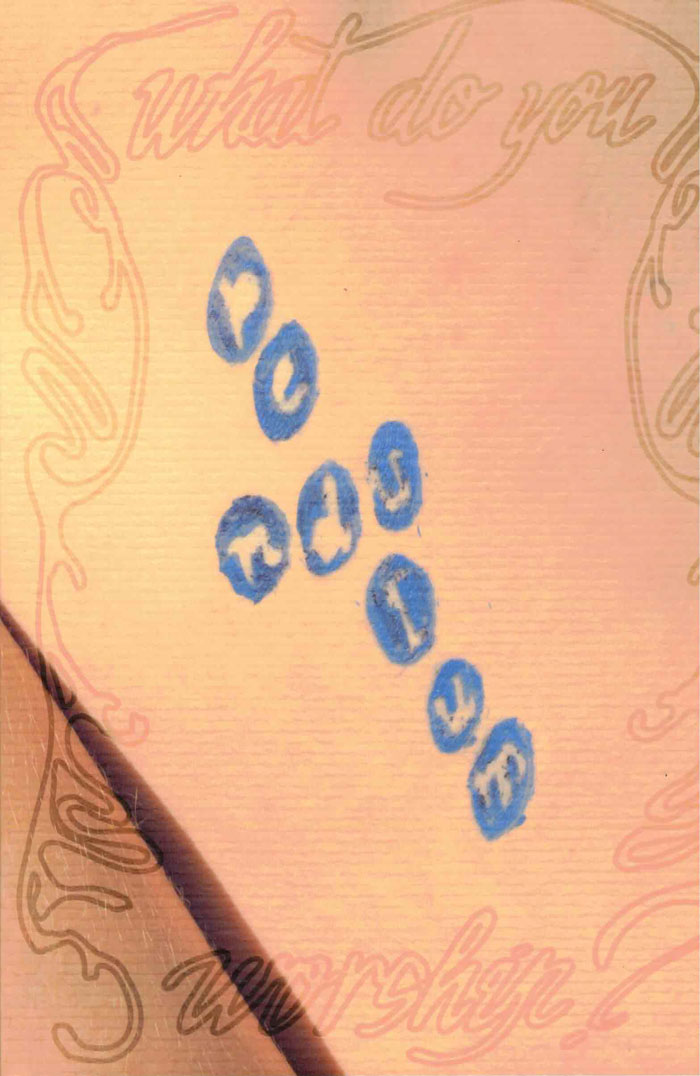
Rave
‘Rave vertelt verhalen uit het leven in het diepst van de nacht.’ Er wordt gefeest, gedronken, drugs genomen. Er wordt gepraat over wil de ideeën en banaliteiten. Dansvloeren, nachtclub krochten, wc’s, parkings en achterafjes worden aangedaan in München, Berlijn, Ibiza. Er wordt gevreeën, op de dealer gewacht en bij ochtend krieken overlegd waar de afterparty voor de preparty voor de volgende party zal doorgaan. ‘Ieder uur sleept een van zo’n weekend in exces fataal verwoeste zich ergens over de heel normale dagdagelijkse mensenstraten f inaal afgemaakt voort.’ Daartussen samplet en mixt Goetz af en toe stemmen van bepaalde producers, tv en krantenredacteurs en andere mediaspelers die ook de realiteit van rave, een gesofisticeerd gecodeerd soort outsider kunst van allemaal insiders, denken te kunnen vatten. Voor lange scheldtirades is er, anders dan in Gestoord, geen plaats. Er moet immers gefeest worden. Rave: de zich steeds herhalende extase van het basale, rave als esthetische theorie en sociale praktijk, als radicale utopie, in de absoluut tegenwoordige tijd. ‘Kom hier, vallende ster.’
De Duitse cultauteur Rainald Goetz (1954) maakte naam als scherp zinnig waarnemer van media en popcultuur, in teksten waarin hij neo-expressionisme en sociaal realisme vermengt met de nerveuze schrijfsels van beat en popauteurs. Goetz is een van de belangrijkste en interessantste stemmen van de hedendaagse Duitse literatuur en ontving meerdere literaire prijzen, waaronder de Georg Büchner Preis 2015. Eerder verscheen bij het balanseer Gestoord, Sebastian Roths vertaling van Irre (1983).
Sebastian Roth (°1991) behaalde een bachelor Taal- en Letterkunde (Engels – Duits), een master Westerse Literatuur en een master Journalistiek. Hij schreef voor Knack Focus, vertaalde nieuwsartikels en reportages voor Knack en werkte mee aan Helblauw (2018), een vertaling van Hellblau (2001) van de Duitse auteur, dj en muzikant Thomas Meinecke door een vijftigkoppig vertaalcollectief.
Language: Dutch







